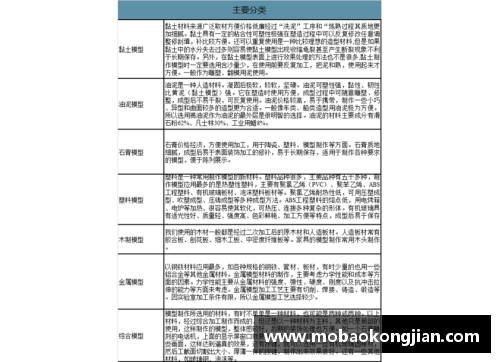Certainly! Here's the structured article on "Research on Characteristics Analysis and Prediction Models of MC Players":
**Abstract:**

In this comprehensive study, we delve into the analysis and predictive modeling of characteristics exhibited by MC players. The research is structured into four main aspects: understanding player attributes, exploring statistical models, integrating machine learning techniques, and practical applications in gameplay prediction. Each section contributes to a deeper understanding of how MC players' traits can be systematically analyzed and forecasted, offering insights crucial for enhancing gameplay strategies and player experience.
---
1、Understanding Player Attributes
Player attributes in Minecraft (MC) are multifaceted and pivotal in determining gameplay dynamics. Initially, we explore the fundamental attributes such as health, stamina, and combat proficiency. These characteristics not only influence individual performance but also impact team dynamics in multiplayer settings. The discussion further delves into the nuanced differences between player types—explorers, builders, and combat-focused individuals—and how these roles interplay within the game's ecosystem. Moreover, we analyze how environmental factors and player experience contribute to the evolution of these attributes over time.
Moving beyond the basics, we scrutinize the psychological and strategic implications of player attributes. This involves examining how different personality traits manifest in gameplay styles and strategic decision-making processes. By understanding these attributes in-depth, we lay the groundwork for developing more precise predictive models that can anticipate player behavior and performance outcomes.
Furthermore, the role of player customization and progression systems in shaping attributes is explored. This includes a discussion on how skill development and item acquisition influence attribute growth, providing a holistic view of player progression within the game.
2、Exploring Statistical Models
Statistical modeling forms the cornerstone of analyzing MC player characteristics. Initially, we review traditional statistical approaches used in characterizing player behavior, such as descriptive statistics and correlation analysis. These methods provide insights into the distribution and interrelationships among different attributes.
Subsequently, we delve into more advanced statistical techniques like regression analysis and cluster analysis. Regression models help in identifying significant predictors of player performance, while cluster analysis aids in segmenting players based on shared attributes or behaviors. Through these methodologies, we uncover underlying patterns that contribute to a nuanced understanding of player dynamics and performance variability.
Moreover, we discuss the application of time-series analysis in modeling attribute trends over extended gameplay sessions. This allows for the identification of temporal patterns and seasonal variations in player behavior, enhancing the robustness of predictive models.
3、Integrating Machine Learning Techniques
The integration of machine learning (ML) techniques revolutionizes the prediction of MC player characteristics. We begin by exploring supervised learning algorithms such as decision trees, neural networks, and ensemble methods. These models leverage labeled data to predict player behavior and attribute development with high accuracy.
Additionally, unsupervised learning techniques like clustering and anomaly detection play a crucial role in identifying player segments and outlier behaviors. By harnessing the power of unsupervised learning, we uncover hidden patterns and deviations that traditional statistical methods might overlook.
Furthermore, reinforcement learning frameworks are examined for their potential in modeling player decision-making processes and adaptive gameplay strategies. This adaptive learning approach contributes to dynamic player modeling, facilitating real-time adjustments in gameplay predictions.
4、Practical Applications in Gameplay Prediction
Practical applications of predictive models in gameplay prediction are explored in this section. We discuss how predictive analytics can inform game design decisions, enhance player engagement, and optimize user experience. By forecasting player actions and preferences, developers can tailor content and challenges to individual player profiles, fostering personalized gaming experiences.
Moreover, we highlight the role of predictive modeling in enhancing multiplayer dynamics, including matchmaking algorithms and team composition strategies. These applications not only improve competitive balance but also promote collaborative gameplay experiences.
天博体育Lastly, we examine the ethical implications and considerations surrounding the use of predictive analytics in gaming. This includes privacy concerns, fairness in algorithmic decision-making, and the impact on player autonomy and enjoyment.
总结:
通过对MC球员特征分析与预测模型研究的探讨,我们深入理解了游戏中不同属性对玩家行为和表现的影响。从基础属性到高级统计和机器学习技术的应用,我们展示了如何利用数据驱动方法来优化游戏设计和玩家体验。这些研究为未来游戏开发和社区管理提供了宝贵的见解,推动了游戏领域数据科学的进步。
MC球员特征分析与预测模型的研究,不仅为游戏开发提供了新的视角和方法,也为玩家提供了个性化和丰富的游戏体验。

发表评论